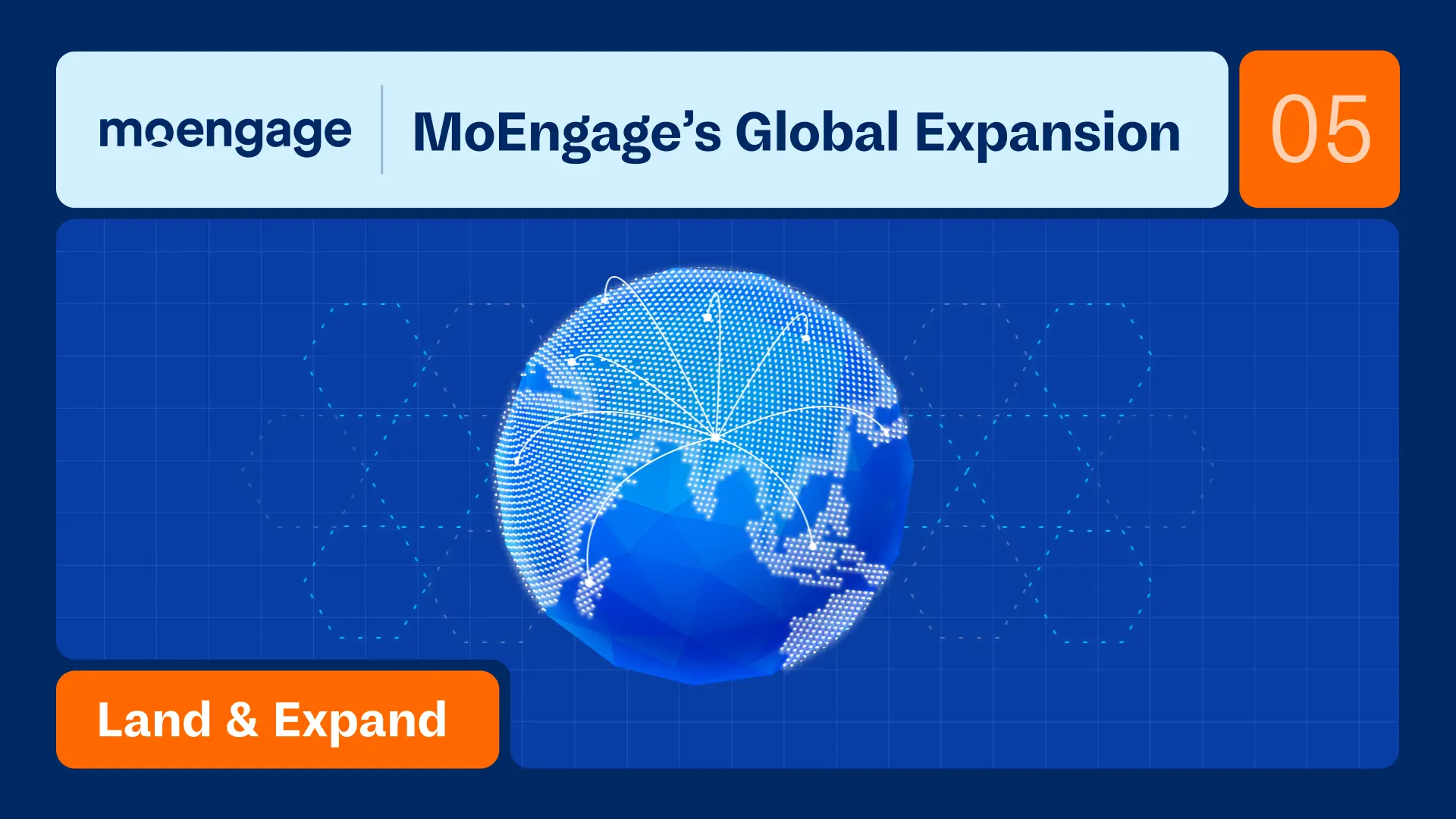Product-Led Growth isn't just a buzzword; it's a paradigm shift reshaping how companies, particularly in SaaS, build and scale. I had an illuminating conversation with Shubham Choudhary, a Product and Growth leader, whose experience at Swiggy and Quizizz provides a unique lens into the power of PLG. In this article, I’ll share some of the core concepts and actionable insights he shared.
PLG is a Philosophy, Not a Feature
At its core, PLG is about creating a product that’s so valuable, intuitive, and accessible that users become your growth engine. It’s not about replacing the sales team, it’s about letting the product do the heavy lifting.
“PLG is not freemium. It’s about delivering value fast, and letting users discover it for themselves,” says Shubham.
So what does that actually require?
1. Start With a Soul-Level Pain Point
“You need to hit a deep, soul-core pain point that people talk about.”
The best PLG products don’t just fill a gap, they fix something that’s fundamentally broken. They serve a need so urgent and unresolved that users can’t help evangelize them.
Figma for instance, didn’t just offer a design tool, it solved the chaos of collaborative design. That kind of pain, once resolved, creates word-of-mouth by default.
2. Design for Inherent Virality
PLG products are built with distribution baked in. The experience is designed to spread, like multiplayer modes, sharing flows, or collaboration loops.
“I still share the design with you so you will get Figma. That creates a need and maybe a future conversion.”
Virality isn’t a bonus. It’s architecture.
3. Time to Value: 10 Seconds or Less
“New users are lazy, vain, selfish. You have 10-15 seconds to deliver value.”
Onboarding shouldn’t be an afterthought. A PLG product must hit fast: showing users immediate payoff before they bounce. That means stripping friction, surfacing delight, and removing any work that delays gratification.
4. Product-Driven Conversion
In sales-led models, marketing generates interest, sales nurtures the lead, and the product comes last. In PLG, the product is the funnel:
- Freemium = acquisition
- Activation = engagement
- Usage = qualification
Expansion = conversion
“You need fewer salespeople, because your product is doing the qualifying. Sales just needs to convert,” Shubham explains.
This is why PLG doesn’t kill sales, it just gives it leverage.
5. PLG vs SLG: Different Machines
One isn’t better than the other, they just scale differently:

In the right setup, both models can coexist, especially in hybrid B2B plays.
7. PLG in B2B vs B2C: Know the Terrain
- B2C PLG = delight + virality. Like Duolingo, Notion, Calendly.
- B2B PLG = usage-first, sale-later. You earn your way up from end users to buyers.
The mechanics differ. But the mindset remains the same: let the product lead.
8. What Great PLG Demands
Shubham distills PLG down to a few core operating principles:
- Deep Insight
Understand your user’s pain better than they do. Get into their workflows, emotions, and hacks. - Creative Execution
Insight alone isn’t enough. You need to ship solutions that feel effortless to the user. - Rapid Experimentation
“It’s a loop: observation → hypothesis → test → insight → repeat.” - Clarity Over Cleverness
Your product should explain itself. No walkthroughs, no training. Value must be self-evident. - Obsess Over Time to Value
Every delay is a drop-off. Every click is a decision. Cut everything you can.
Final Take
PLG isn’t a playbook, it’s a practice. You don’t sell the product. You design it to sell itself.
It starts by solving real pain. It spreads by making users your channel. And it scales by putting product at the center, not at the end, of your go-to-market.
For builders who get it right, growth becomes not just faster, but more sustainable.
.png)









.jpg)
.jpg)
%20(1).png)
.svg)

